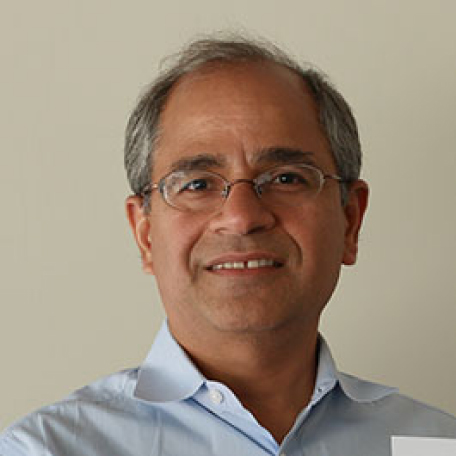The ONF Board had a very productive meeting this week. We had everyone at the meeting in person, and spent 6+ hours covering everything from strategy and structure to execution plans.
| External Attendees: | ||
AT&T: | Andre Fuetsch, Al Blackburn |
We started by reviewing and tuning our overall strategy to ensure we were making decisions in the best interest of our overall vision. To summarize for our community, we’ve built our plans based on this vision:
Mission: Help drive transformation of network operator infrastructure and business models by leveraging network disaggregation, white box economics and creating open source platforms and solutions empowered by an open collaboration framework.
Our board endorsed the mission and our overall strategy, with these key tenets:
Continue to strengthen and grow our partnership with the service providers as their trusted open source partner.
Build credible solutions for the operator based on:
- Disaggregated networking components
- Open Source platform(s) for foundational non-differentiating functionality (CORD and ONOS as examples)
Invest in a core engineering team to provide architecture shepherding and development (especially for the disruptive platforms and solutions) while enabling open collaboration with the larger community.
Build on the open innovation pipeline model, and strategically pick opportunities for creating software defined standards to facilitate broad participation from across the industry.
Actively pursue operator commitment to consume and deploy our platforms in order to drive industry adoption and activate a broad supply chain to serve the needs of the operators.
Our service provider partners are seeing success in our model. We are bringing down the cost of infrastructure while simultaneously enabling innovation. Our board confirmed that this approach is working, they are reinforcing our strategy and they are each in their own way taking their commitment to the next level.
Next Generation SDN Control & Configuration Platform
Focus is key to our success. To this end, we discussed synergies between ONOS and ODL and what is best for these communities to ensure we as a holistic ecosystem are not needlessly spending cycles supporting two SDN controller and configuration platforms. Unanimous consensus was reached concluding:
The two controllers have distinct use cases and resulting architectures.
ONOS investment and commitment will remain central to the ONF mission, especially with a focus on leveraging network disaggregation and white boxes
- ONOS has found a killer use-case in CORD; CORD makes use of functionality unique to ONOS
- Beyond CORD, there is a significant community embedding and relying on ONOS (some of this activity is nonpublic), and we will support this community moving forward.
At the same time we want to explore what it would take to build a ‘2.0’ SDN control and configuration platform blending the best of both ODL and ONOS. Board recommendations include:
- Keep this activity small and focused between a limited number of subject matter experts
- Explore specifically what degree of backwards compatibility is needed considering current and future operator use cases
- Results of this exploration will be shared openly, and community involvement will be encouraged before making any long term commitments.
CORD for Multi-Access Edge
We discussed the emergence of well defined requirements and exciting deployment opportunities for a multi-access network edge for wired and wireless devices of all types based on CORD principles. The multi-access network edge will include support for the existing and future RANs with xRAN interfaces, support for various GPONs including XGS-PON and G.Fast, and metro carrier Ethernet, and multi-tenant cloud edge services.
We had unanimous consensus to pursue two parallel activities:
1. Demonstrate a CORD-based multi-access edge delivering both functional and performance requirements.
2. Create a functional design and open specification to be shared with the larger community.
These two parallel activities will be reconciled in the coming months once the functional design and specification are finalized.
ONF Review Finalized
The review committee reported on the recommendations for reconciling legacy ONF working groups and OSSDN projects. The board unanimously approved the recommendations. Structurally there are to be 3 primary components:
Work will be restructured into Projects
- Projects will typically have open source software as their centerpiece, but may also include interface specifications, architecture requirements, model definitions, and so on.
Brigades
- Short-term community-based teams focused on demonstrating some high-priority capability that moves the technology closer to adoption
Use Case Steering Team (UCST)
- An operator lead team, staffed by business owners who shape the definition of what solutions we build
This high level plan was unanimously approved by the board. Details will follow shortly, along with more specifics of the working model so that all the new projects can be jump started without delay.
In Closing
You’ll hear more from us shortly on these various topics, but I just wanted to share with you this high level summary to help put all our activities in context. I’m very pleased with the progress we are making and the impact we are having across the industry. The board confirmed this view, and reasserted their commitment to the important work we are doing.
Thank you for your support and ongoing commitment to our mission,
Guru Parulkar
Executive Director, ONF

